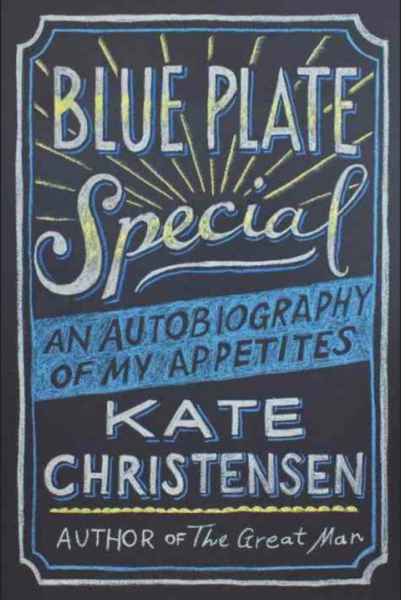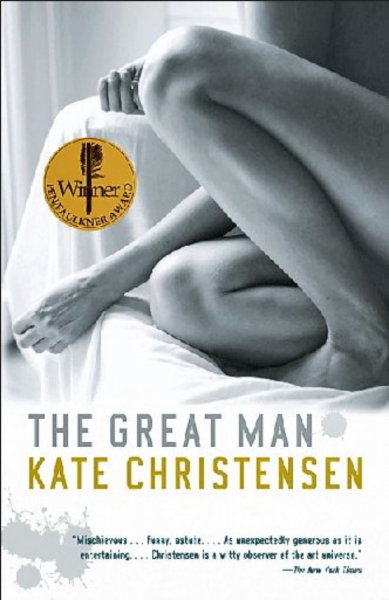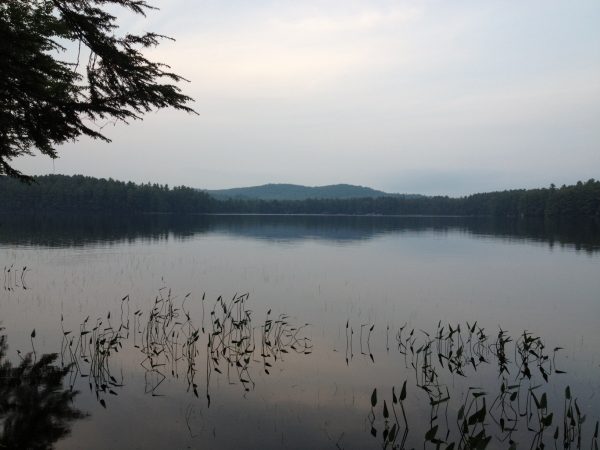Do more. Be more productive. We are told these things constantly in a variety of subtle ways. Today, I want to talk about the need for allowing for two other things in your life that are the opposite of trying to “fit more in” to your day:
- White space
- Improvisation
Both of these things provide enough room for potential. Room for quiet, or noise, depending on your mood. It allows the human side of things to shine through, instead of constantly pressuring you to be all “professional” with charts and spreadsheets and apps.
White space is the emptiness around the things that matter most in your life. This is often discussed more in terms of the design world, for instance when you go to Apple.com or an Apple store, and you see lots of empty white areas. It is meant to evoke elegance and turn your attention to certain areas.
In your life, white space can take many forms, from unscheduled time in your day, to structured exploration, such as intentionally taking a walk during lunch to people watch, explore new neighborhoods, or even just feed the birds in the park.
This space that is in-between the important stuff that we plan for our days (work/family/education/community), allows us to appreciate them even more. You often hear of people who reach the end of their life, and regret having not spent more time with family or traveling. Instead of waiting until the end of your life for white space, make time for it now.
Improvisation is a similar concept, the idea that you can’t – and shouldn’t – plan everything. I have seen LOTS of business plans, requirements documents, and strategy documents in my career. They never fully work out as planned, and more often than not, they work out DRAMATICALLY differently than planned.
Improvisation is providing yourself the space to know that you can’t plan everything, but that you can still be prepared to take action. That sometimes, you have to go with your gut, or you have to take actions in the moment.
And much like improv comedy, it is a skill that you can develop. Perhaps more than anything else, it is an emotional skill that you develop whereby you have confidence that even though there is no plan, there are ways to improvise that will still find paths forward. For some people, this comes down to a toolbox of specific tactics, for others it is about having the ability to completely clear their mind.
My friend Sarah Bray embodies these traits. I am in a mastermind group with her, which basically means we meet twice a month to help each other with our professional goals and work past problems.
And yet, the other day, she launched a new website called HelloMonth.com pretty much on a whim. I had never heard her mention this idea until she announced it.
I had two simultaneous reactions when I first visited HelloMonth.com:
- Uh oh, a side project that threatens to get in the way of her bigger goals.
- WOW, this looks amazing, and it feels amazing.
We shared a quick email exchange talking through both of these thoughts, and the more time I spent on HelloMonth.com, the more I loved it. And the funny thing is, so many other people instantly had that reaction too, Sarah has been inundated with emails of folks providing positive feedback.
When Sarah and I chatted again a day later, she explained the reasoning: “I’m just going to do it, a new fun thing.” And the philosophy behind the site: “Moving forward while staying grounded and enjoying your life today. How can I make next month better for myself?”
I don’t know if I would characterize HelloMonth.com as as white space, improvisation, or some combination of the two, but I see it as a place to play, to expand, to try, and to connect.
For myself, I spent the summer quietly beta testing a new online course with a group of 20 writers I had worked with in the past. With such a small group of folks who I already knew, it allowed me to go a bit more extreme, to be more honest and try new things. The course was called “Roadmap to Readers,” and and we tackled topics that are messy and focused on the life of the writer as a whole person:
- The emotional challenges that hold us back. Too often people pretend that their big roadblocks are some objective problem to work past, when really it goes do much deeper. We dug. And dug.
- How identity ties into career and success, especially for creative professionals such as writers.
- We looked in the mirror – how do others experience your work online and off. This is not as easy as it sounds, we often hide behind protective narratives, so we worked hard to take off the rose colored glasses.
- We talked about the hard choices needed to be successful, and tactics to encourage perseverance when nothing seems to be working.
- We focused on taking small consistent actions to reach out to your audience and learn about them NOW, and every single day.
- We looked at systems that can help build the habits you need to in order to work smarter.
- And we talked about physical, mental, and financial health. Because that stuff is often not talked about, yet controls so much of our actions, and how we feel every single day.
It was an amazing summer with these writers, and I learned so much. While I am not offering this course anywhere again until 2014, the experience gave me so much room for improvisation and reflection.
How will you create room in your life?
Thanks!
-Dan



